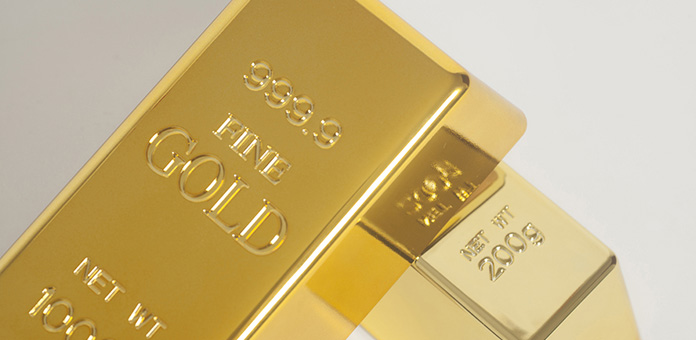
If you’ve been waiting for the right time to enter the precious metals market, now is the best time to make your move!
On January 2, 2018, gold finished the day at $1,316.10, a three-month high after ending up for the eighth trading session in a row. 1 Meanwhile, the dollar wrapped up 2017 by cementing its worst annual performance since 2003 and certainly helped contribute to gold’s 11 percent rise on the year. 2 3 But, in a year with three interest rate hikes and a major tax cut, what caused this dollar crash and flight to quality?
Political Factors
While real estate investing comes down to “location, location, location,” gold and the dollar are similarly affected by political and economic uncertainty. Not only were interest rates raised in 2017 but the Fed has made clear their plans to execute three additional rate hikes in 2018, factors that would normally be dollar bullish and gold bearish, yet the dollar remains in free fall while the gold rally continues. 4
Some market observers suspect that this disparity is due to political uncertainty. Researchers from the University of California Berkeley and the European Central Bank have dubbed the tendency of international allies to hold each other’s currencies as the “Mars effect,” which has particularly been true of those countries who are dependent on one another for security purposes. By contrast, the “Mercury effect” encapsulates the economic appeal of a country’s currency. The Mars effect stipulates that roughly 30 percent of the dollar’s value comes from the ‘security premium’ paid by countries dependent on the U.S. for protection. The research indicates that the unpredictability of the Trump administration has prompted a fall in the value of the dollar despite countervailing economic factors. 5
Another Recession?
Other pundits claim that the currency markets are signaling an undercurrent of malaise about the long-term future of the economy. BNY Mellon’s currency strategy team recently published an article describing how, despite surging equity markets, interest rate hikes, and a strengthening economy, dollar weakness is an indicator that, after years of ultra-loose monetary policy, the wind in the sails of the economy is weakening. The BNY Mellon team’s analysis of the correlations between long- and short-term spreads between different currencies shows ‘that the dollar’s muted performance is a reflection of growing pessimism about the growth/yield environment beyond 2020.’ In other words, there are signs of another recession on the horizon, either in 2020 or sooner.
Gold Bull Market
Whatever the proximate cause of the dollar crash, there’s no doubt that the turnaround in precious metals prices has arrived. The historically unprecedented looseness of the monetary policies in place throughout the developed economies since the financial crisis has artificially inflated equity values and prolonged an economic expansion beyond its reasonable lifespan. Add to these factors international political uncertainty and you have a strong case for a flight to quality. Expect the current gold bull market to continue in 2018 and beyond, as all signs point to economic and political disruption in the coming years.


